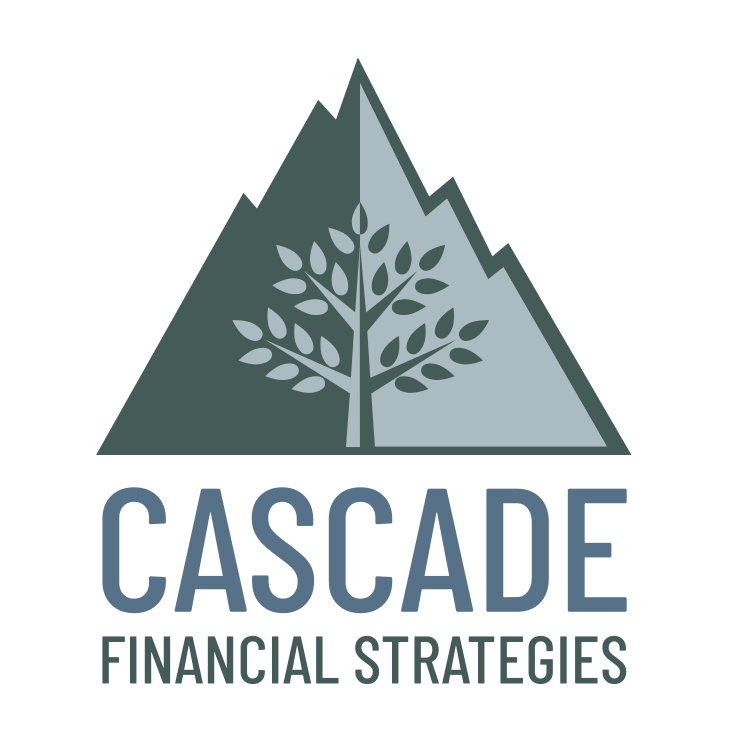Big Changes to 529 Plans

The cost of college has skyrocketed, and it raises the question of whether the cost/benefit assumptions of a college education should be revisited. The Federal Reserve did just that, with a web feature called “The Labor Market for Recent College Graduates.” This is an interactive, consistently updated series of charts that look at 20 years of economic data for unemployment, underemployment, and wages and outcomes by major.
All measures show the benefit of attending college, with lower rates of unemployment and underemployment. But wage data is particularly interesting. As of 2023, the median salary for a high school graduate is $36,000. The median salary for a college graduate with a bachelor’s is $60,000. The Fed defined recent college graduates as those aged 22-27 years old and compared the same age group of high school graduates.
While investing in a college education does pay off, financing college now requires a lot more planning and saving than it used to. The 529 savings plan allows for money to be earmarked for education and then invested so that it grows tax-deferred, and if it is used for qualified education expenses, it is tax-free when withdrawn.
There are several other key benefits of 529 plans, but the part about “qualified education expenses” was one of the downsides. It was a risk to save for years, and then take a tax hit on the funds if the child did not attend college.
The SECURE 2.0 Act, passed in 2022, included a provision allowing unused 529 funds to be contributed to the beneficiary’s Roth IRA. This provision went into effect in 2024.
Potential for Tax-Advantaged Growth
The federal tax benefit of the 529 plan is that it offers tax-deferred growth of investments, like a retirement plan. The earlier you start it the better, and over time the funds accumulate from both contributions and the power of compounding.
If the funds are spent on education expenses such as tuition, books and school supplies, and room and board, no taxes are due.
529 plans are typically operated by states. You don’t have to invest in your home state’s plan, but some states offer a state income tax deduction or tax credit for contributions to the state plan. When making the decision of which state plan to invest in, you should consider your goals, the investment performance history, and the fees and costs.
The Gift Tax Advantage
Unlike retirement plans that have yearly contribution limits, 529 plans have aggregate limits. These are different for each state, but in 2023 they were typically between $235,000 and $550,000.
While the plans may not have limits, if you contribute more than the gift tax exclusion of $18,000 in 2024, you may trigger a gift tax. There is a workaround for this, called the 5-Year Election. This allows for a lump sum contribution of up to $90,000 in 2024, if it is treated for tax purposes as though it were spread over a five-year period. This will require the contribution to be reported on Form 709 for each of the five years.
Contributing the funds all at once, or “superfunding” can be a way to build the account balance more quickly, and it can also be a good estate planning strategy as it shelters the funds from estate taxes.
The SECURE 2.0 Act Changes
Allowing for some of the unused funds in a 529 plan to be converted into a Roth IRA for the same beneficiary is a significant positive change. Contributing diligently for years, only to have to take a tax hit to reclaim the funds if they were unused, was a significant risk. There are some rules to follow to ensure that the transfer goes smoothly.
You’ll still want to start as early as possible. The 529 plan must be open for a minimum of 15 years before the 529-to-Roth transfer takes place. Contributions made during the five years before the transfer are not eligible to be converted tax-free.
The Roth IRA annual contribution limits apply, and you cannot contribute more to the Roth in any year than the beneficiary makes in income for the year.
The maximum amount that can be converted is $35,000.
The Bottom Line
Education is one of the biggest financial investments you can make in your child’s future. Taking advantage of tax-advantaged savings vehicles, and starting early, can help you pay for it.
LINKS:
HOURS
- Mon - Fri
- -
- Sat - Sun
- Closed
ADDRESS
243 SW Scalehouse Loop, Suite 1A,
Bend, OR 97702
PHONE
A Registered Investment Advisor
Investment Advice is offered through Cascade Financial Strategies, a registered investment advisor licensed in Bend, Oregon, California and Idaho (We also operate in other states under the "de minimis" exemption, meaning having five or fewer clients within that state).
An investment advisor or IA rep may only transact business in a particular state after licensure or satisfying qualifications requirements of that state, or only if they are excluded or exempted from the state’s investment advisor or IA rep requirements; and follow up, individualized responses to consumers in a particular state by investment advisor or IA rep that involve either the effecting or attempting to effect transactions in securities or the rendering of personalized investment advice for compensation, shall not be made without first complying with the state’s investment advisor or IA rep requirements, or pursuant to an applicable state exemption or exclusion. For information concerning the licensure status or disciplinary history of an investment advisor or IA rep, please do not hesitate to contact your state securities law administrator. Cascade Financial Strategies
Sign Up for Our Monthly Article
We will get back to you as soon as possible.
Please try again later.



